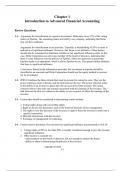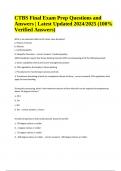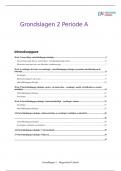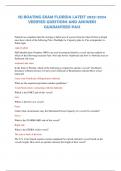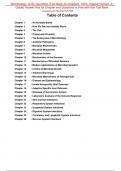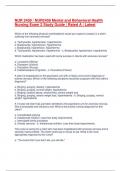Exam (elaborations)
Solutions for Advanced Financial Accounting in Canada, 1st edition by Nathalie Johnstone
- Course
- Advanced Accounting
- Institution
- Advanced Accounting
Complete Solutions Manual for Advanced Financial Accounting in Canada, 1st edition 1ce by Nathalie Johnstone, Kristie Dewald, Cheryl Wilson. ISBN 4019 Full Chapters Solutions are included. End of chapters exercises / problems are included. Introduction to Advanced Financial Accounting Accoun...
[Show more]
